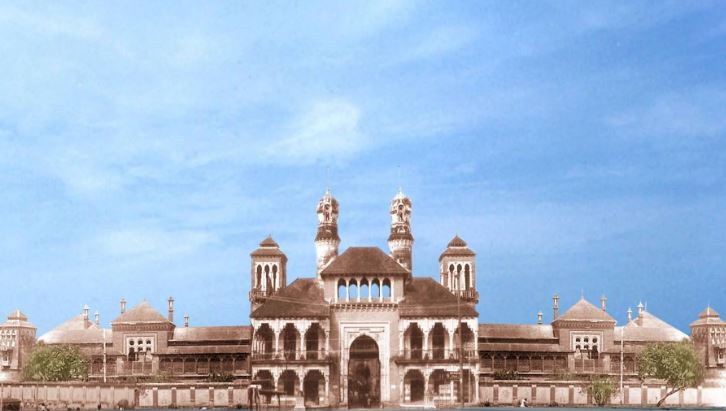To keep it from falling apart due to lack of maintenance, the old Gajapati Palace at Paralakhemundi, the district seat of Odisha’s Gajapati district, needs urgent renovations.
The palace, which was constructed 188 years ago, is still standing today despite having crumbling walls and roof, broken doors and windows, and a heavy coating of dust covering the ground.
Numerous groups, including Utkal Sammilani, Apanna Parichha Smruti Sansad, Bhakti Sangeet Sansad, and Utkal Utkal Hiteisini Samaj, which had a significant impact on the creation of a separate Odisha province, have expressed their outrage over the state government’s lackadaisical approach to the preservation and renovation of the historic palace and designating it as a state monument.
Young researcher Bishnu Mohan Adhikari on Paralakhemundi stated, “The structure is in a decaying process and any delay would throw the palace into rubble and spoil a great chapter of the history.”
Under the reign of Maharaja Prataprudra Narayan Dev II, Krushna Chandra Gajapati Narayan Dev’s grandfather, the palace was created and built by British engineer-turned-architect Seasol.
At a budget of Rs 4.5 lakh, work began on May 24, 1835, and it took 7 years to complete.
Almost 100 chambers with specifically crafted, wire-cut glazed brickwork and white lime water may be found throughout the castle. It has a Central Hall, also known as the Durbar Hall, behind which are the Kalyan Mandap and the Maharaja’s two palace deities. It has 36-inch walls that act as its own form of air conditioning, keeping the palace warm in the winter and cool in the summer. The mechanical preparations being made to defuse lightning also mean that it poses no hazard.
Black granites were utilised in the building, despite the fact that the outer design looks to be made of marble.
Most of the labourers who worked on the palace’s construction were from the districts of Ganjam and Puri. The stones utilised construct the palace, among other materials, were obtained from nearby sources.
Black granites were utilised in the building, despite the fact that the outer design looks to be made of marble. Most of the labourers who worked on the palace’s construction were from the districts of Ganjam and Puri. Local sources such Malati Hills, Boya Konda, and the opposite bank of the Mahendratanaya River provided the materials, including the stones utilised for the palace.
The palace, where the drive for a distinct Odisha state was launched, also brings to mind patronage of the arts, sciences, and humanities. It was there when the late Maharaja Krushna Chandra Gajapati Narayan Deb was a little boy and participated in his activities. As the state’s first Premier from April 1 to July 18, 1937, and again from November 24, 1941, to June 1, 1942, he was a key figure in the development of modern-day Odisha.
The palace was frequented by a number of writers, including Kabikalahansa Gopal Krushna Patnaik, an 18th-century Odissi musician, poet, and composer who is credited with writing nearly 90% of the state’s traditional Odissi songs and chhanda. Gajapati Jagannath Narayan Deb III, the son of Gajapati Purushottam Narayan Deb, was tutored at home by another renowned Odissi poet, Kabisurya Baladev Rath, who lived here for five years.
According to renowned Indian painter from Odisha and former secretary of Lalit Kala Academy in New Delhi and Bhubaneswar, Dr. Dinanath Pathi, the century-old mural paintings in the palace served as an inspiration to numerous artists and historians. According to Adhikari, the palace also witnessed the patronization of numerous traditional dance styles, such as “Bhutakeli” and “Rajanata.”

